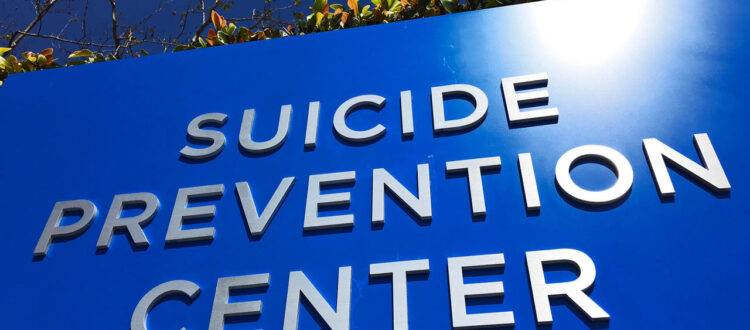The latest Cancer Disparities Report also finds that disparities by socioeconomic status within each race are larger than disparities by race.
In a new, biennial report on the status of cancer disparities in the United States led by researchers at the American Cancer Society (ACS), mortality from all-cancer and leading causes of cancer death are substantially higher in non-metropolitan areas than in large metropolitan areas and in individuals with limited education (a proxy for lower socioeconomic status). The report also shows Black and American Indian/Alaska Native (AIAN) people continue to bear a disproportionately higher burden of cancer deaths, overall and from major cancers. The disparities in overall cancer mortality by education level within each race were considerably larger than the Black-White disparities, underscoring the major role of poverty in racial disparity. The researchers also found substantial disparities in social determinants of health, exposure to major modifiable cancer risk factors, and cancer screening, stage at diagnosis, and survival by metropolitan status and race. The findings are published November 14 in CA: A Cancer Journal for Clinicians.
“Our research suggests a major role for socioeconomic disparities in racial disparities in cancer mortality,” said Dr. Farhad Islami, senior scientific director, cancer disparity research at the American Cancer Society and lead author of the report. “It also shows substantial disparities in cancer occurrence and outcomes by geographic location, especially in younger ages.”
In 2021, the ACS published its first biennial report on the status of cancer disparities in the U.S. In this second report, the authors provide updated data on racial, ethnic, socioeconomic (educational attainment as a marker), and geographic (metropolitan status) disparities in cancer occurrence and outcomes and contributing factors to these disparities in the country. Researchers also review programs that have reduced cancer disparities and provide policy recommendations to further mitigate these inequalities.
The results showed during 2016 through 2020, mortality from all-cancer and leading causes of cancer death were substantially higher in non-metropolitan areas than in large metropolitan areas. For colorectal cancer, for example, mortality rates in non-metropolitan areas versus large metropolitan areas were 23% higher among males and 21% higher among females. By race, overall cancer mortality rates were 18% to 19% higher among Black and AIAN males than among White males. AIAN and Black females had 16% and 12% higher cancer mortality rates than White females despite having 7% and 9% lower incidence rates, respectively.
By education level, for individuals with 12 or less years of education versus those with 16 or greater years of education, the cancer mortality rates were 60% to 180% higher among Black and White men and women. In contrast, the Black versus White disparities in the overall cancer mortality within each educational attainment ranged from 3% to 50% higher rates among Black people, with the largest disparities found in those with 16 or more years of education. By age group, the racial and geographic disparities in cancer mortality were greater in ages 65 years or less than ages 65 years or older.
“Many of the observed racial, socioeconomic and geographic disparities in cancer mortality align with disparities in exposure to risk factors and access to cancer prevention, early detection and treatment, which are largely rooted in fundamental inequities in social determinants of health,” added Dr. Ahmedin Jemal, senior vice president, surveillance and health equity science at the American Cancer Society and senior author of the research. “Overcoming these disparities will require equitable policies at all levels of government and broad interdisciplinary engagement to address fundamental inequities in social determinants of health. In the meantime, broad and equitable implementation of evidence-based interventions such as comprehensive tobacco control program in each state can further mitigate cancer disparities in the U.S.”
“All people should have equitable access to quality, affordable health care,” said Lisa A. Lacasse, president of the American Cancer Society Cancer Action Network (ACS CAN), ACS’ advocacy affiliate. “This report underscores the need for lawmakers to support policies that help improve access to prevention, early detection and treatment services, such as increasing federal and state funding for the National Breast and Cervical Cancer Early Detection Program, expanding Medicaid in the 10 states that have not done so, and passing the federal Prostate-Specific Antigen Screening for High-Risk Insured Men Act. Doing so will help reduce the unequal burden of cancer and save more lives by identifying diagnoses at earlier stages when less invasive and less costly treatment options are available to patients.”
Other ACS authors include: Dr. Jordan Baeker Bispo, Dr. Hyunjung Lee, Dr. Daniel Wiese, Dr. Robin Yabroff, Dr. Priti Bandi, Dr. Alpa Patel, Dr. Elvan Daniels, Dr. Arif Kamal, Dr. Carmen Guerra, and Dr. William Dahut.
This press release was originally by the American Cancer Society.











